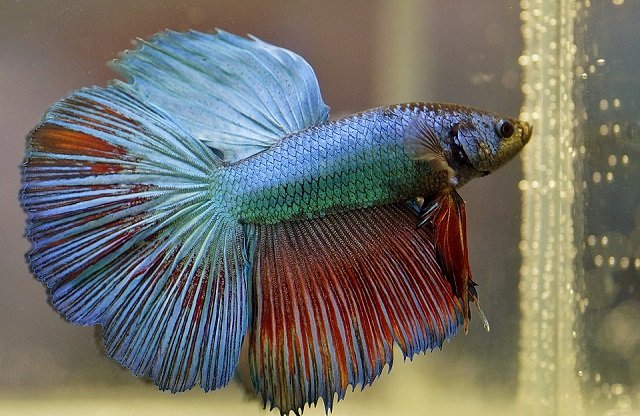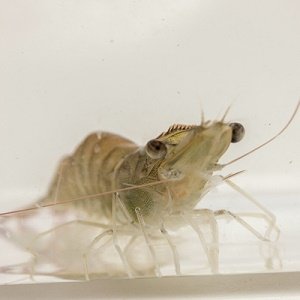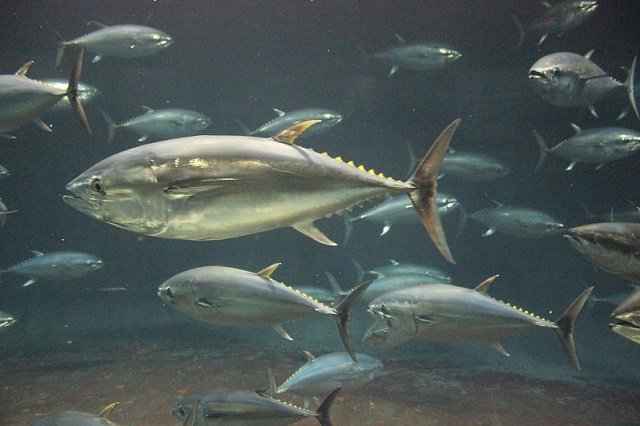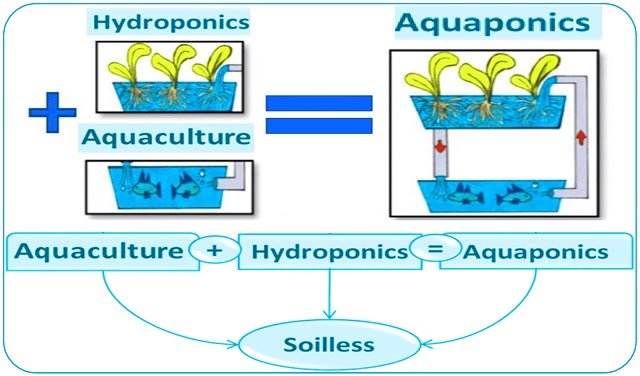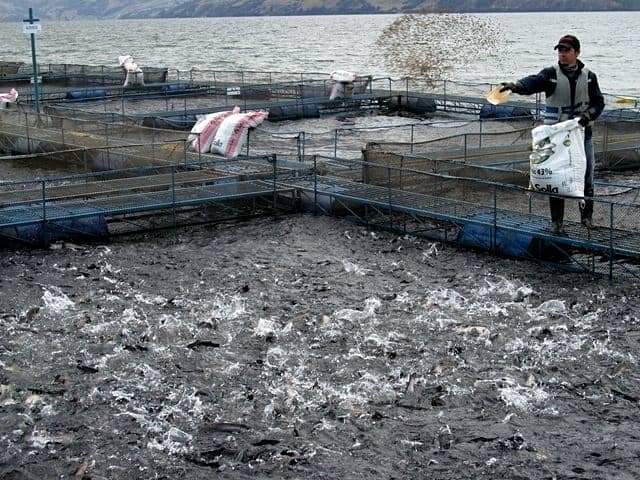
In tilapia fish farming, the cost of feed is the giant that all producers want to master. Frequently, this input can account for up to 80% of operating expenses, a factor that constantly pressures profit margins and business sustainability. Faced with this challenge, the search for alternative, nutritious, and low-cost feeds is more than a trend; it is a necessity.
A recent study published in Brazilian Animal Science by scientists from the University of Rio Verde (UniRV), Alevinos Rio Verde, King Abdulaziz University, and the Damanhour Faculty of Agriculture, sheds light on a promising local and sustainable solution: fresh duckweed (Lemna minor). Researchers evaluated how supplementing the diet of Nile tilapia (Oreochromis niloticus) juveniles with this aquatic plant impacts not only the producer’s wallet but also the fish’s performance, body measurements, and meat quality. The results are, to say the least, encouraging.
Why is duckweed an ideal candidate?
Duckweed, or Lemna minor, is more than just a simple plant floating in ponds. It is an economical and sustainable source of protein, ideal for small-scale fish farmers. This aquatic macrophyte grows extremely fast and accumulates large quantities of plant-based protein.
The composition of the duckweed used in this study reveals its potential:
- Crude protein: 29.78%
- Total lipids: 5.56%
- Minerals (ash): 17.24%
In addition to its nutritional profile, Lemna minor is rich in essential amino acids like leucine, isoleucine, and valine, which are crucial for tilapia development. It is also a source of unsaturated fatty acids from the omega-3 series, positioning it as a functional ingredient and not just a cheap filler.
How was the study conducted?
To ensure the rigor of the findings, the research team followed a clear and controlled experimental design.
The experimental design
One hundred sixty Nile tilapia juveniles, with an average initial weight of 20.88 g, were used over a 48-day period. The fish were divided into four groups with four replicates each:
- Control group: Received a diet based 100% on extruded commercial feed.
- Experimental group 1 (90/10): Received 90% of the commercial ration plus 10% of its weight in fresh duckweed.
- Experimental group 2 (80/20): Received 80% of the commercial ration plus 20% of its weight in fresh duckweed.
- Experimental group 3 (70/30): Received 70% of the commercial ration plus 30% of its weight in fresh duckweed.
The researchers measured the daily consumption of feed and Lemna minor, and weighed the fish weekly to adjust the rations. The entire experiment was conducted in a recirculating aquaculture system with constantly monitored water quality parameters to ensure the well-being of the animals.
Stay Always Informed
Join our communities to instantly receive the most important news, reports, and analysis from the aquaculture industry.
Less commercial feed, same performance
This is where the research offers its most valuable findings for the producer. Supplementing with fresh duckweed had significant and very positive effects, especially in the group that received the largest amount.
- Reduced feed consumption: The group supplemented with 30% Lemna minor consumed 33% less commercial feed compared to the control group. This could be due to the plant’s fiber content creating a greater feeling of satiety in the fish.
- No impact on growth: Despite eating less commercial ration, there were no significant differences in final weight or weight gain among any of the groups. The tilapia in the 30% group grew practically the same as those in the control group.
- Better feed conversion: As a direct consequence, the 30% group showed a better feed conversion ratio (grams of ration per gram of weight gain).
- Lower cost per kilo of fish: This is the most compelling result. The improved efficiency and lower feed consumption translated into a 23% reduction in the cost per kilogram of fish for the group fed with 70% ration and 30% duckweed.
- Quality intact: Supplementation with Lemna minor did not affect body measurements (length, width, depth) or the chemical composition of the fillets. The moisture, protein, fat, and mineral content in the meat was similar across all groups, ensuring that the nutritional quality of the final product was not compromised.
Implications for the tilapia producer
The results of this study are not just academic data; they are a roadmap for more profitable production. The main conclusion is direct and applicable: it is possible to raise Nile tilapia juveniles on a diet composed of 70% commercial feed and 30% fresh duckweed, achieving a significant reduction in the cost per kilo of fish produced.
For a producer, this means that cultivating Lemna minor next to their ponds—a fast-growing, low-maintenance plant—can directly decrease dependence on expensive commercial feed, without sacrificing the growth rate of their animals or the quality offered to the consumer.
Conclusion: a viable and profitable strategy
This study confirms that fresh duckweed is not just an “alternative feed,” but a strategic supplement. By reducing the consumption of commercial feed without affecting productive performance, Lemna minor presents itself as a powerful tool for improving efficiency and profitability in tilapia farming. For producers looking to optimize their operations and adopt more sustainable practices, looking to this humble aquatic plant could be their next best investment.
Contact
Maria Cristina de Oliveira
Universidade de Rio Verde (UniRV)
Rio Verde, Goiás, Brazil
Email: mcorv@yahoo.com.br
Reference (open access)
Oliveira, M. C. de ., Santos, T. F. F., Gomes, J. L. de F., Santos, P. F., & Attia, Y. A.. (2025). Productive performance, body measurements, and meat composition in Nile tilapia juveniles supplemented with fresh duckweed. Ciência Animal Brasileira, 26, 80495E. https://doi.org/10.1590/1809-6891v26e-80495E
Editor at the digital magazine AquaHoy. He holds a degree in Aquaculture Biology from the National University of Santa (UNS) and a Master’s degree in Science and Innovation Management from the Polytechnic University of Valencia, with postgraduate diplomas in Business Innovation and Innovation Management. He possesses extensive experience in the aquaculture and fisheries sector, having led the Fisheries Innovation Unit of the National Program for Innovation in Fisheries and Aquaculture (PNIPA). He has served as a senior consultant in technology watch, an innovation project formulator and advisor, and a lecturer at UNS. He is a member of the Peruvian College of Biologists and was recognized by the World Aquaculture Society (WAS) in 2016 for his contribution to aquaculture.
